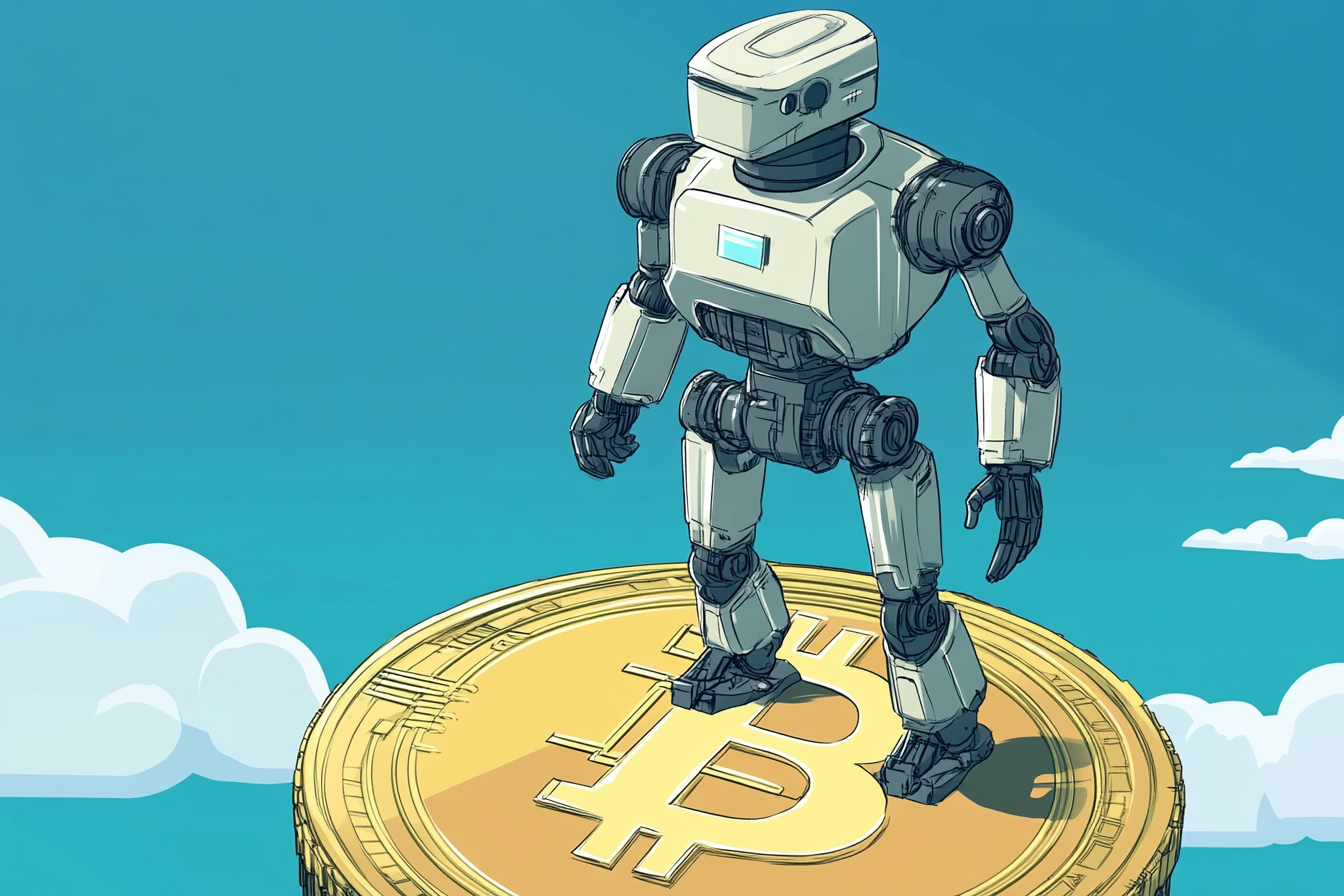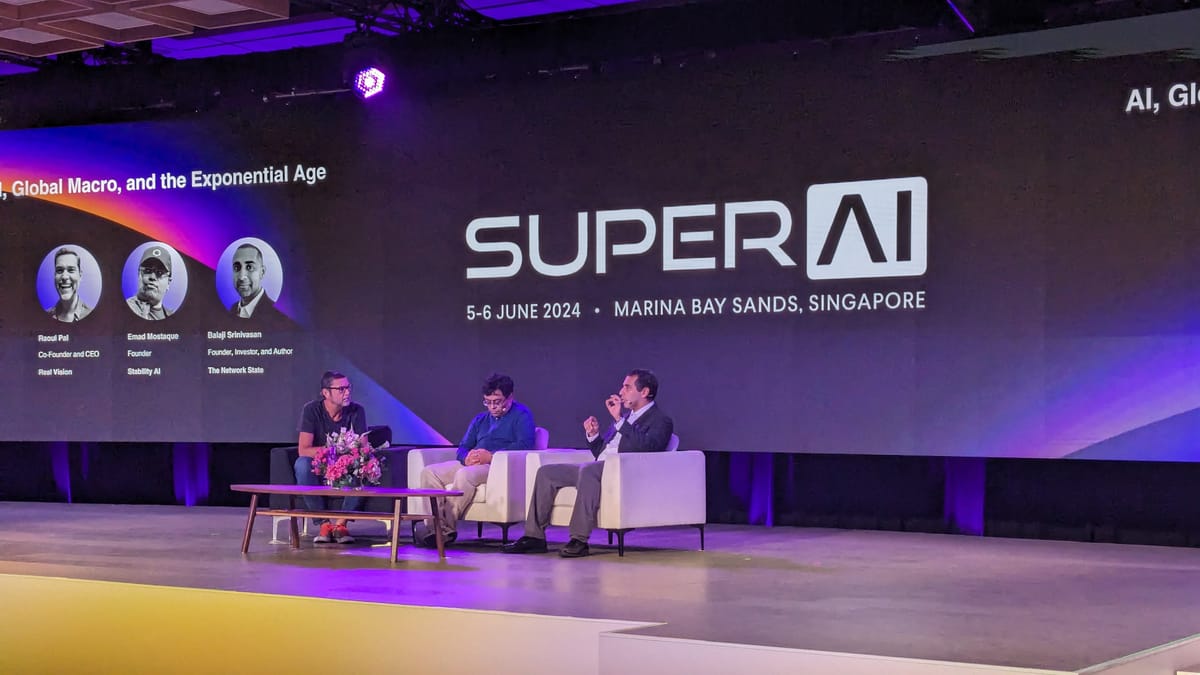The intersection of artificial intelligence (AI) and blockchain technology is rapidly reshaping the landscape of digital assets. As these two powerful technologies converge, they are unlocking new possibilities for innovation, efficiency, and security, panelists at the TechLaw.Fest's digital assets panel, titled "Nature of Digital Assets in the Age of Artificial Intelligence," said.
The conference, organized by the Singapore Academy of Law and Singapore's Ministry of Law, delved into the specific applications of AI within the legal profession.
Discussions focused on how AI can be used to streamline legal research, automate document review, and improve contract analysis. Panelists across the two days explored the potential benefits of AI in enhancing legal services, such as increasing efficiency, reducing costs, and improving accuracy. However, they also acknowledged the challenges and ethical considerations associated with AI, such as the risk of bias in AI algorithms and the potential impact on legal jobs.
For digital assets specifically, the convergence of AI and blockchain technology has created a new paradigm for digital assets. As these technologies continue to evolve, understanding the legal framework that governs their use is essential for businesses and individuals alike.
Current State of AI and Blockchain Integration
Shaun Leong (equity partner, Withers) provided a foundational understanding of the technologies. He explained that AI, though not new, has evolved significantly from its origins in the 1950s through to the recent advancements in generative AI. He described AI as "technology that will enable machines and computers to simulate human behavior, problem-solving, comprehension, and decision-making."
In contrast, blockchain is a more recent innovation, emerging in the 1990s. Leong characterized blockchain as "a decentralized ledger, powered by computer nodes worldwide, which records transactions transparently and securely." He emphasized that while blockchain's potential for decentralization and data integrity is significant, it is still slower compared to traditional systems like Visa's transaction processing.
The panelists began by discussing the current integration of AI and blockchain technologies and their potential applications.
Moderator William Hallatt (partner and co-chair of global financial regulatory practice, Gibson Dunn & Crutcher LLP) introduced the topic by referencing a high-profile case where the Australian Stock Exchange (ASX) attempted to integrate AI and blockchain into its trading system. Despite substantial investment and years of development, the project was halted due to practical challenges and incompatibilities with the existing market infrastructure, underscoring the need for careful consideration and thorough testing of AI systems in high-stakes environments, illustrating the risks and limitations that can accompany such innovations.
Monin Ung (managing partner, MUNG Blockchain Law Firm) also shared several real-world applications where AI and blockchain intersect, including decentralized science, investment DAOs, agricultural innovations, and intellectual property.
Legal and Regulatory Challenges
The discussion then shifted to the legal and regulatory challenges associated with AI and blockchain technologies. Ezra Tay (chief legal and compliance officer, Travala.com) addressed the regulatory landscape, noting that while AI has made strides in financial markets, regulatory frameworks are struggling to keep pace. He remarked, "Regulators are a key block right now... The challenge is that there has to be accountability for AI, which is difficult to impose in the same way as for humans."
Yam Wern-Jhien (director, Setia Law LLC) added to this by highlighting concerns over data reliability and misinformation. He stated, "One downside of the convergence of AI and Web 3.0 is the propagation of misinformation. With the growing role of AI in generating and verifying data, ensuring the accuracy and authenticity of information remains a challenge."
In the litigation space, Yam shared insights from his experience in litigation related to AI and blockchain. He highlighted ongoing legal challenges, including the attribution of liability and the complexity of suing in a decentralized and anonymous environment.
Yam noted, "One of the significant challenges in AI litigation is determining liability when decisions are made by an AI system. In previous cases, such as the algorithmic trading case in Singapore, courts grappled with how to attribute intention and responsibility to AI-driven actions."He further emphasized the difficulty in pinpointing where to file lawsuits, especially when dealing with global and decentralized technologies. "When data is stored on servers globally or when the actors involved are anonymous, jurisdictional issues become complex."
Jurisdictional issues were also a topic of concern. The global and virtual nature of AI and blockchain technologies complicates determining the appropriate venue for disputes. As Yam pointed out, "When we’re dealing with virtual and global technology, do we sue in the place where data is stored, or in cases where it’s nearly impossible to identify human actors?"
The discussion touched on the limitations of AI in managing crises. Leong cited instances where AI systems failed to adapt to unforeseen events due to their lack of human intuition and judgment. He explained, "AI systems are not great at handling crisis situations. They lack the human intuition and decision-making capabilities required to navigate complex and unpredictable scenarios. For example, during the collapse of major financial institutions or market disruptions, AI's rigid responses have sometimes exacerbated the situation."
The panel also discussed the collapse of the TerraUSD (UST) stablecoin and its impact on the blockchain market. Leong mentioned, "The TerraUSD collapse, which wiped out $45 billion in a week, was partly due to AI systems failing to differentiate between the original token and new tokens created in response to the crisis."
Generative AI and Its Impact
In the final segment of the panel discussion, the focus shifted to the practical implications and future outlook for AI and blockchain technologies. The discussion covered the challenges, potential solutions, and the role of regulators in adapting to these rapidly evolving technologies.
The conversation explored the role of generative AI models like ChatGPT and Google’s Gemini in providing insights and predictions. Travala.com's Tay highlighted the dual nature of these tools: they are powerful but have limitations. "Generative AI can offer predictions based on historical data and patterns, but it cannot foresee Black Swan events or unprecedented market changes. For instance, while generative AI might estimate Bitcoin’s value based on past trends, it cannot account for sudden market shifts or geopolitical events," Tay explained.
Panelists emphazied the importance of understanding the context and limitations of AI-generated predictions. Although AI can be a valuable tool, its outputs should be interpreted with caution, especially when used for financial forecasting or strategic decision-making, they said.
Future Directions and Industry Insights
Looking to the future, the panel highlighted the rapid evolution of AI and blockchain technologies. While these technologies hold significant potential for transforming industries, their practical applications are still being refined. Panelists remarked on the rapid development of this segment, and that the accelerated pace of technological change underscores the need for ongoing adaptation and innovation.
Travala.com's Tay highlighted a growing trend where AI scripts from the dark web are used for financial trading, leading to legal and operational challenges. He noted, "We are seeing a rise in the use of AI scripts purchased from the dark web, which poses significant risks for financial companies. These scripts are often used without proper oversight, leading to issues with compliance and security."
The panel discussed the need for updated contractual provisions to address these new challenges. "Businesses need to revise their standard terms and conditions to account for the risks associated with AI usage, including licensing and security concerns," Tay suggested.
The discussion then moved to regulatory considerations. There was consensus on the need for a robust regulatory framework to address the complexities introduced by AI and blockchain technologies. Panelists suggested that regulators should focus on setting clear guidelines that promote ethical use while addressing specific risks.
Foxwood LLC's Mike Chaim concluded, "To make regulators more comfortable with AI and blockchain, there needs to be a balanced approach. This could involve creating frameworks that emphasize ethical considerations rather than just strict legislation. An alliance or code of conduct for ethical AI use might be a step in the right direction."
The Hong Kong SFC and the HK government’s efforts to develop guidelines for AI in financial markets were cited as a positive example of proactive regulatory engagement.
AI and blockchain technology offer transformative possibilities for the digital asset industry, but also present significant challenges, particularly in terms of regulation, ethics, and legal implications. As Chiam summed up, "The law, as well as regulations, will continue to be tested and evolve with the emergence of new technology."
As the regulatory landscape evolves and technological advancements continue, we can expect to see even more exciting developments in the world of digital assets.











